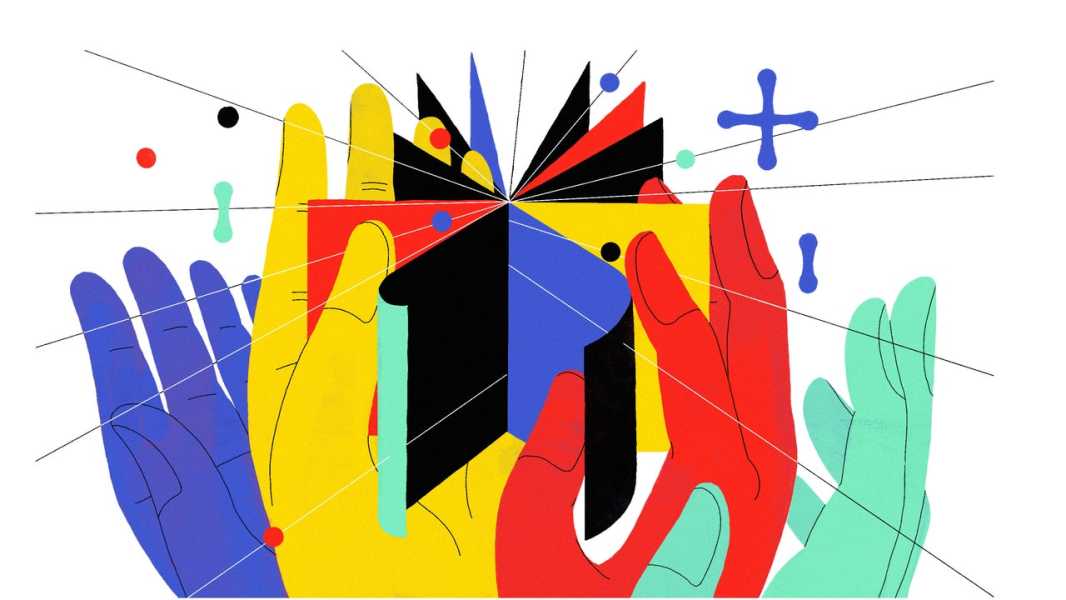
Save this storySave this storySave this storySave this story
News exhaustion is a miasma that has afflicted almost all of us for some time now. We’re drained by the physical and mental exertion that comes with following current events. The state of alarm––over American democracy, the pandemic, the climate, the overturning of Roe v. Wade, the wars in Ukraine and Gaza, and myriad smaller crises––has been near-constant. Our cortisol levels have been elevated for far too long. A recent report by the Pew Research Center traced news-consumption levels back to the months preceding the Trump Presidency. In March, 2016, fifty-one per cent of adults in the United States said that they followed the news “all or most of the time.” That share fell to thirty-eight per cent in August, 2022, the last time the center collected responses. During the same period, the number of people who said that they hardly ever follow the news nearly doubled, to nine per cent.
I’ve been the editor of newyorker.com since early 2017 and have, naturally, paid close attention to our readers’ habits. The list of the most popular New Yorker stories of 2023, as measured by “engaged minutes”—the total amount of time readers spent on them—is striking to me for what is missing. No war in Gaza. No Trump. No politics. The top story is a true-crime tale by James Lasdun, about the Murdaugh murders in South Carolina. Some other stories that made the top ten: an investigation by Heidi Blake into the fugitive princesses of Dubai; a quirky argument against travel by the philosopher Agnes Callard; and an exploration, by Nathan Heller, of the declining enrollment in the humanities at colleges across the country.
Certainly, there were stories on the list that were tied to major news events. Take Ronan Farrow’s reporting on Elon Musk, or Ben Taub’s meticulous examination of the Titan submersible implosion, or Luke Mogelson’s harrowing dispatch from the Donbas region, in Ukraine. The fiction writer Ted Chiang’s essay comparing ChatGPT to a “blurry JPEG of all the text on the Web” illuminated one of the year’s biggest stories in tech news. More typical of this year’s list, however, was Margaret Talbot’s riveting account of a middle-aged photojournalist’s quest to uncover what happened to her as a child, when she was confined in a mysterious villa in Austria and subjected to disturbing experiments, or D. T. Max’s probing of the web of deceit woven by the acclaimed late novelist H. G. Carrillo. These were the kinds of stories that broke through the relentlessly dire headlines. They yanked readers in and refused to let go.
1. “The Corrupt World Behind the Murdaugh Murders”
By James Lasdun
In isolated, poor regions of South Carolina, coming from an élite family offered a feeling of impunity. Did this license lead Alex Murdaugh to commit fraud after fraud—and then kill his wife and son?
2. “The Titan Submersible Was ‘an Accident Waiting to Happen’ ”
By Ben Taub
Interviews and e-mails with expedition leaders and employees reveal how OceanGate ignored desperate warnings from inside and outside the company. “It’s a lemon,” one wrote.
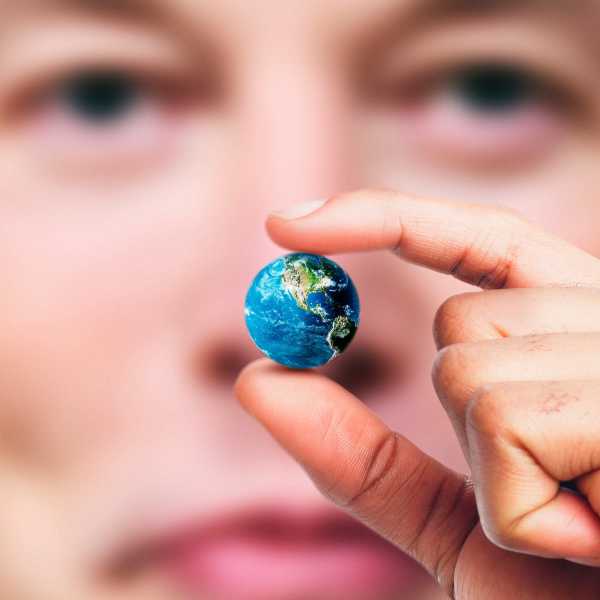
Photo illustration by Matt Chase; Source photographs from Getty; Shutterstock
3. “Elon Musk’s Shadow Rule”
By Ronan Farrow
How the U.S. government came to rely on the tech billionaire—and is now struggling to rein him in.
4. “The End of the English Major”
By Nathan Heller
Enrollment in the humanities is in free fall at colleges around the country. What happened?
5. “The Best Books We Read This Week”
By The New Yorker
Our editors and critics choose the most captivating, notable, brilliant, surprising, absorbing, weird, thought-provoking, and talked-about reads.

Photo illustration by Joan Wong; Source photographs from Alamy; Getty
6. “The Fugitive Princesses of Dubai”
By Heidi Blake
As the emirate’s ruler espoused gender equality, four royal women staked their lives on escaping his control.
7. “Notes from Prince Harry’s Ghostwriter”
By J. R. Moehringer
Collaborating on his memoir, “Spare,” meant spending hours together on Zoom, meeting his inner circle, and gaining a new perspective on the tabloids.
8. “Agnes Callard’s Marriage of the Minds”
By Rachel Aviv
The philosopher, who lives with her husband and her ex-husband, searches for what one human can be to another human.
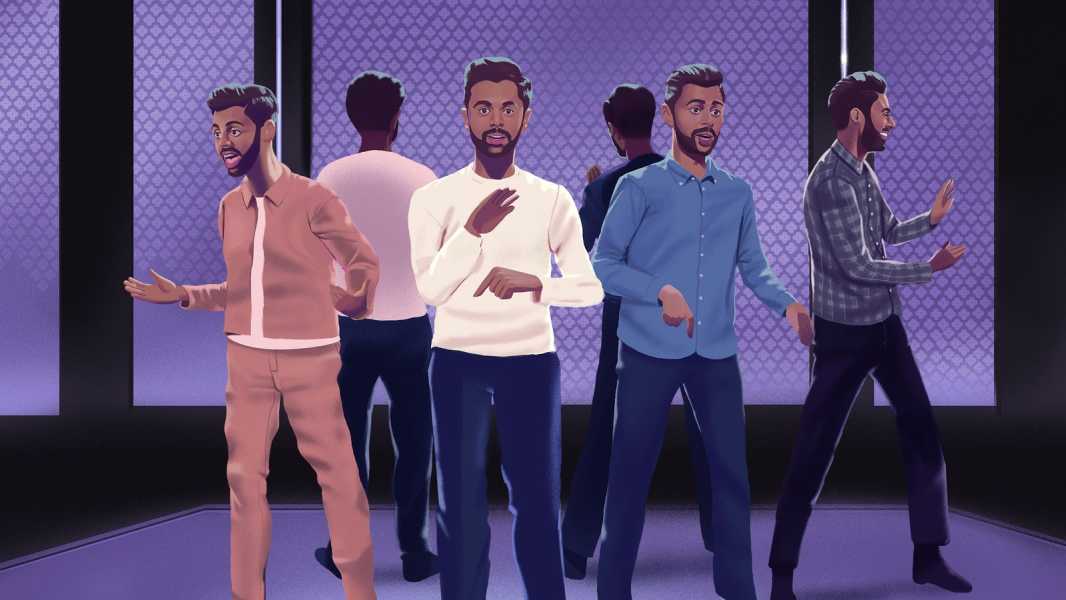
Illustration by Richard Chance
9. “Hasan Minhaj’s ‘Emotional Truths’ ”
By Clare Malone
In his standup specials, the former “Patriot Act” host often recounts harrowing experiences he’s faced as an Asian American and Muslim American. Does it matter that much of it never happened to him?
10. “The Case Against Travel”
By Agnes Callard
It turns us into the worst version of ourselves while convincing us that we’re at our best.
11. “How the War in Ukraine Ends”
By David Remnick
An eminent historian envisions a settlement among Russia, Ukraine, and the West.
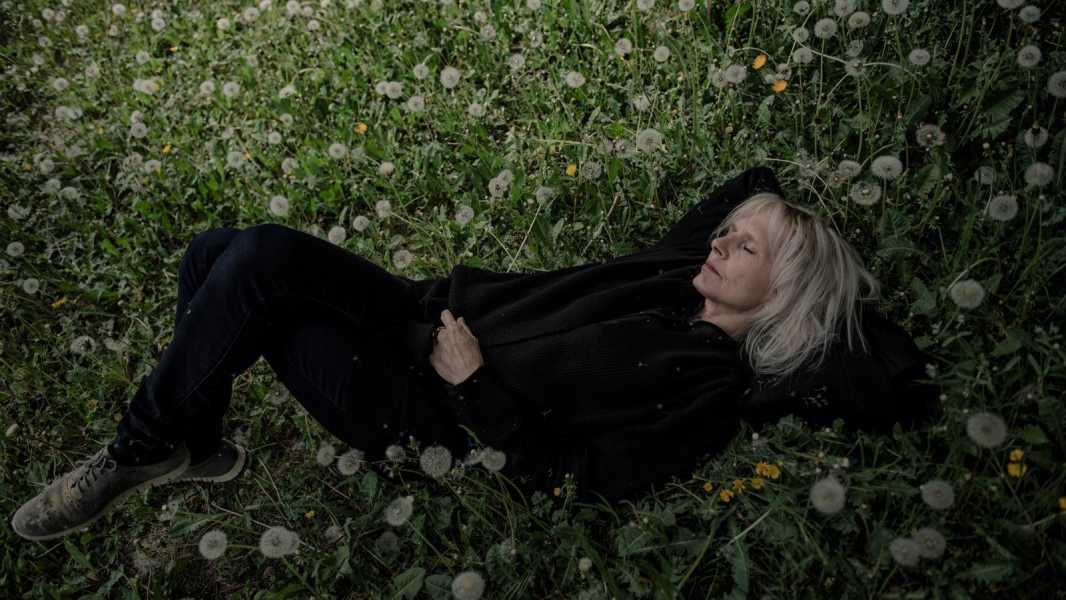
Photograph by Laetitia Vançon for The New Yorker
12. “The Villa Where a Doctor Experimented on Children”
By Margaret Talbot
As a girl in Austria, Evy Mages was confined to a mysterious institution in Innsbruck. Decades later, she learned why.
13. “The Astonishing Transformation of Austin”
By Lawrence Wright
My town, once celebrated for its laid-back weirdness, is now a turbocharged tech megalopolis being shaped by exiles from places like Silicon Valley.
14. “What Happened to San Francisco, Really?”
By Nathan Heller
It depends on which tech bro, city official, billionaire investor, grassroots activist, or Michelin-starred restaurateur you ask.
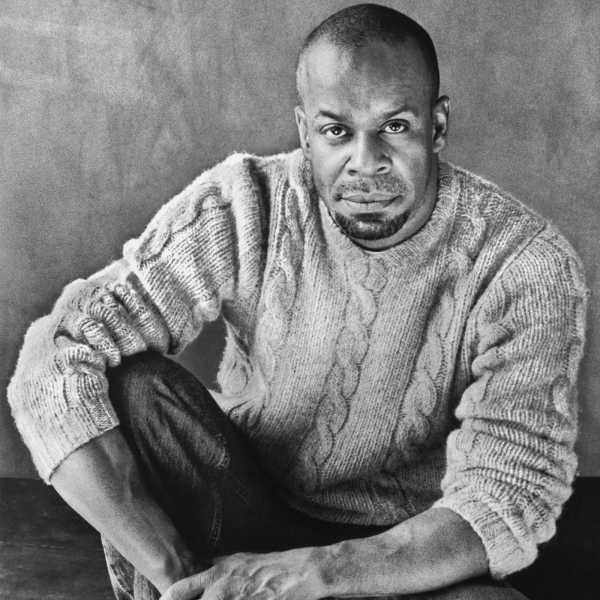
Photograph by Marion Ettlinger / Corbis
15. “The Novelist Whose Inventions Went Too Far”
By D. T. Max
After the Afro-Cuban writer H. G. Carrillo died, his husband learned that almost everything the writer had shared about his life was made up—including his Cuban identity.
16. “The Haunting of Prince Harry”
By Rebecca Mead
Electrified by outrage—and elevated by a gifted ghostwriter—the blockbuster memoir “Spare” exposes more than Harry’s enemies.
17. “Will the Ozempic Era Change How We Think About Being Fat and Being Thin?”
By Jia Tolentino
A popular, growing class of drugs for obesity and diabetes could, in an ideal world, help us see that metabolism and appetite are biological facts, not moral choices.
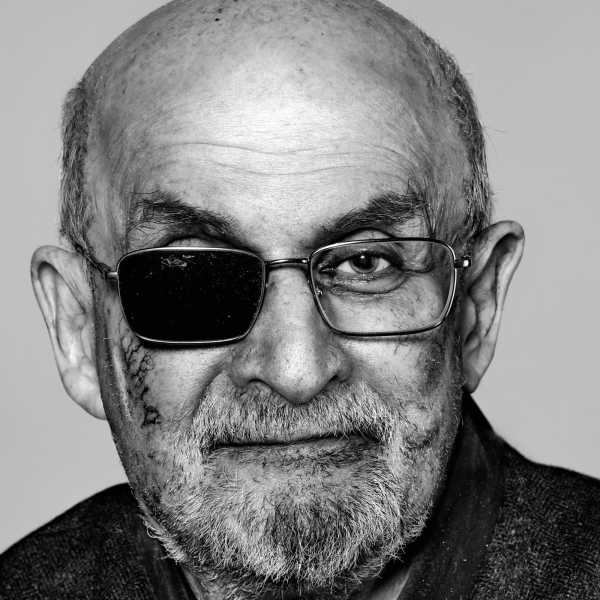
Photograph by Richard Burbridge for The New Yorker
18. “The Defiance of Salman Rushdie”
By David Remnick
After a near-fatal stabbing—and decades of threats—the novelist speaks about writing as a death-defying act.
19. “How Larry Gagosian Reshaped the Art World”
By Patrick Radden Keefe
The dealer has been so successful selling art to masters of the universe that he has become one of them.
20. “ChatGPT Is a Blurry JPEG of the Web”
By Ted Chiang
OpenAI’s chatbot offers paraphrases, whereas Google offers quotes. Which do we prefer?
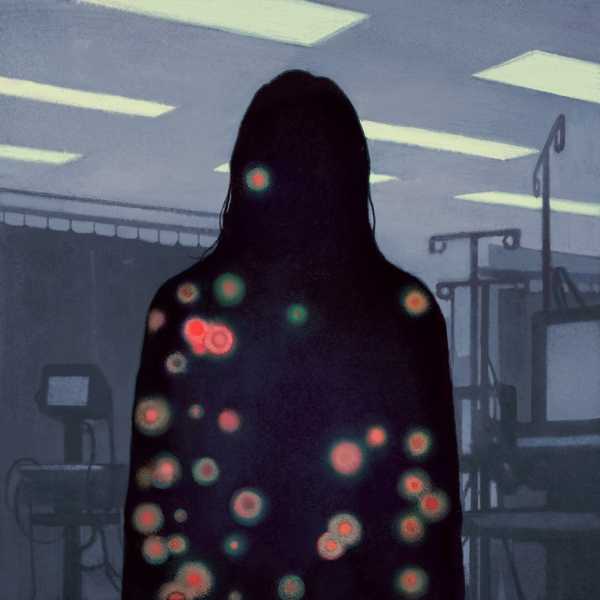
Illustration by Hokyoung Kim
21. “Nobody Has My Condition But Me”
By Beverly Gage
Medical researchers find my genetic mutation endlessly fascinating. But being unique isn’t a plus when you’re a patient.
22. “Two Weeks at the Front in Ukraine”
By Luke Mogelson
In the trenches in the Donbas, infantrymen face unrelenting horrors, from missiles to grenades to helicopter fire.
23. “Who Is Matty Healy?”
By Jia Tolentino
For the front man of the 1975, fame is its own kind of performance.
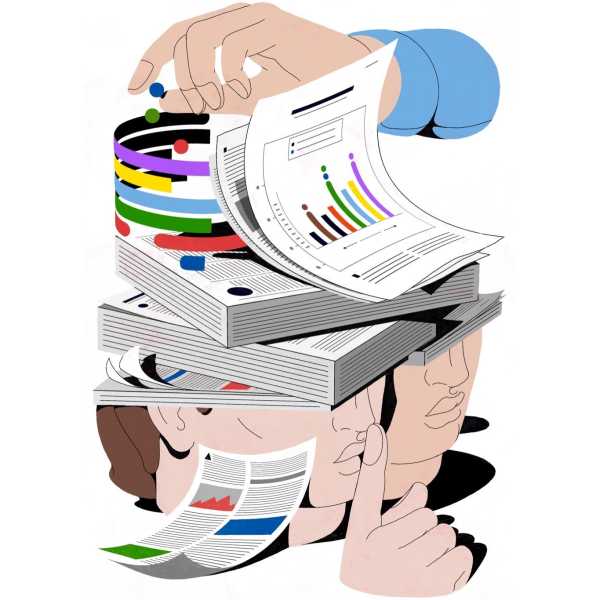
Illustration by Bryce Wymer
24. “They Studied Dishonesty. Was Their Work a Lie?”
By Gideon Lewis-Kraus
Dan Ariely and Francesca Gino became famous for their research into why we bend the truth. Now they’ve both been accused of fabricating data.
25. “How the Biggest Fraud in German History Unravelled”
By Ben Taub
The tech company Wirecard was embraced by the German élite. But a reporter discovered that behind the façade of innovation were lies and links to Russian intelligence. ♦
Sourse: newyorker.com






